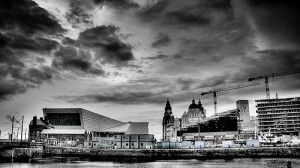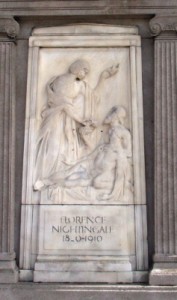Historic Liverpool 2010: A year in review
It’s the end of 2010. It’s been an… interesting year politically – a coalition government for the first time in my lifetime; frequent use of the word ‘swingeing’ in many and varied ways; the Conservation Centre is shutting its doors to the public; and snow is keeping you indoors reading this.
But what else has happened this year? Anything to warm our annual nostalgia cockles?
2010 started on an optimistic note – it was the World Museum’s 250th anniversary, though this was somewhat overshadowed with the closure of the Conservation Centre.
February saw start of the excellent Streets of Liverpool blog. Later in February the keys were handed over for the new Museum of Liverpool, although controversy rose its ugly head later in the year when a historic view was shown to have been blocked.
March and April went by in a blur (oh yes, probably because I got married) and when things recovered the election was fast approaching. At the same time Lewis’s was heading for closure as everyone felt the pinch of recession.
In July the first object – a carriage from the Overhead Railway – moved into the museum, but at the same time the North West Development Agency closed its doors. Another funding source for culture had disappeared.
The Peel Waters project cropped up again and again in 2010. English Heritage expressed concerns about the effect of the new buildings on the World Heritage Site, while in later months Council Leader Joe Anderson reacted angrily to what he saw as EH’s interference with Liverpool’s development and future prospects. Meanwhile we were spoiled for heritage and arts projects, including: Edge Hill station being turned into an arts venue, Heritage Open Days bringing people into Liverpool’s historic water supply, the funding of conservation for 95,000 aerial photographs of England as well as Visible in Stone – women’s history and the built environment and in October Black History Month. Finally, Historic Liverpool underwent a bit of a redesign, although it’s far from a finished project. Here’s to another year of additions to that!
Phew! Liverpool and its heritage have had their ups and downs this year. We’ve celebrated the old, welcomed in the new (mostly) and commemorated the highs and lows of Liverpool’s past and imminent future.
Any predictions for the coming 12 months? Or is that an impossible task? And as for 2011, what kind of posts would you like to see here? More about researching Liverpool local history? Should I keep to the news and concentrate the history on Historic Liverpool? Or something completely different?






